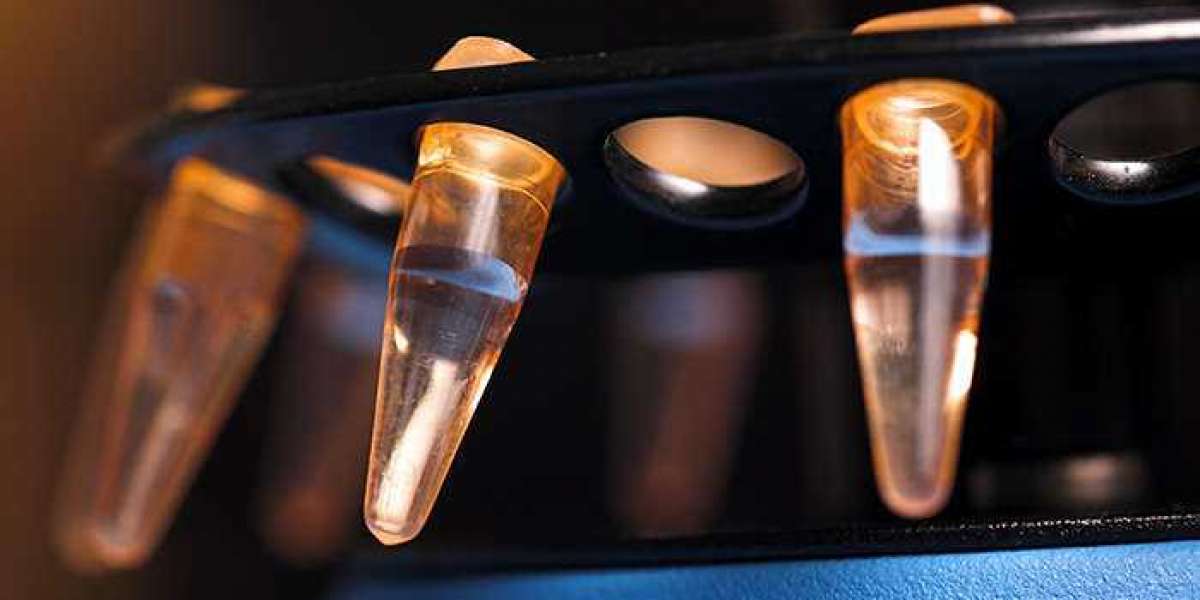Staining is a critical step in the electrophoresis process. Commonly used protein dyes include Coomassie dyes, silver dyes, and fluorescent dyes. These staining reagents vary in sensitivity, ease of use, color, stability, versatility, and specificity. Ideal protein staining is characterized by high sensitivity, low detection limit, high dynamic range of quantitative accuracy, repeatability, and compatibility with post-electrophoretic protein identification systems.
Coomassie Staining
Coomassie staining is the preferred method for simple, low-cost protein visualization. This protein staining can be detected simply by visual inspection and is relatively easy to use.
Coomassie dye is an organic dye able to detect proteins with lower detection levels of 8-10 ng. In acidic conditions, Coomassie dyes as anions bind nonspecifically to basic and hydrophobic residues of proteins, changing in color from a dull reddish-brown to intense blue. Since no chemical modification occurs, stained proteins can be recovered after complete decolorization for mass spectrometry and sequencing analysis. G-250 and R-250 are two types of Coomassie dyes. G-250 is characterized by a greenish color and reddish R-250 is less sensitive.
Next Generation Coomassie Dyes
jetBLUE Protein gel Staining Solution is a ready-to-use colloidal Coomassie G-250 staining solution. COOMASSIE nano and 5X COOMASSIE nano, innovatively enhanced with proprietary nanotechnology, are new generation protein dyes that do not require destaining or washing steps.








